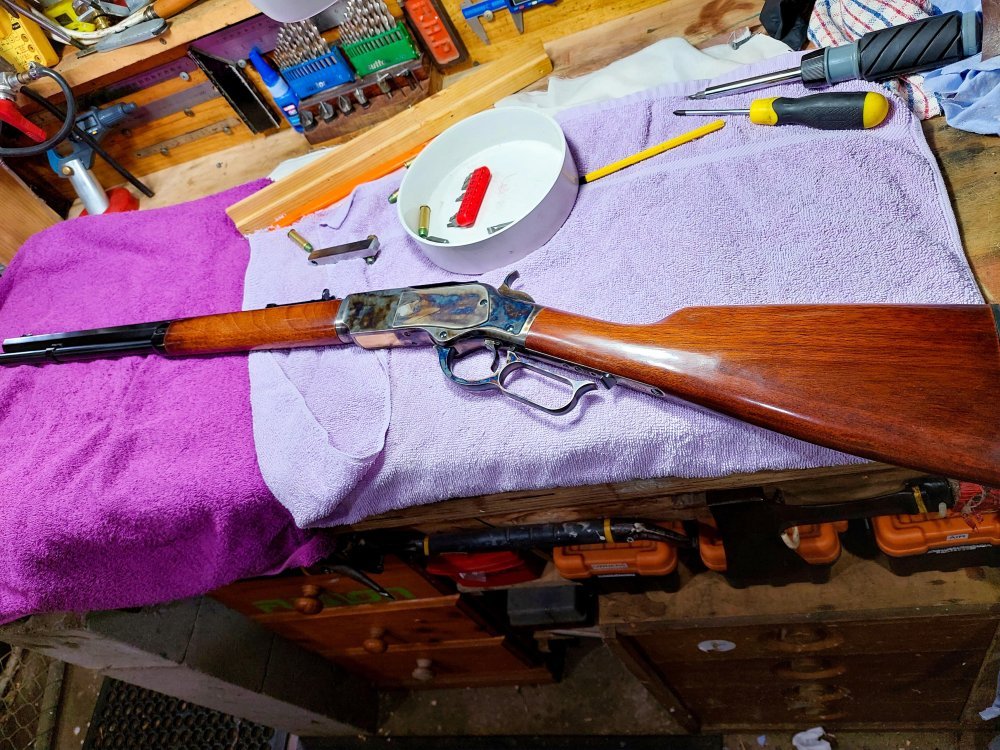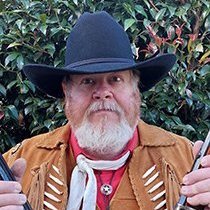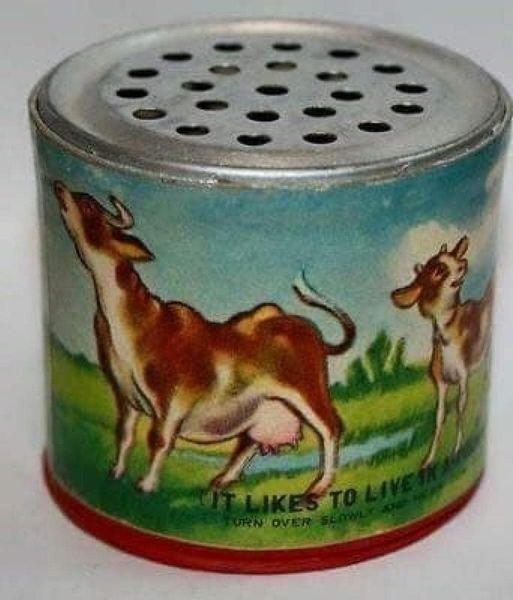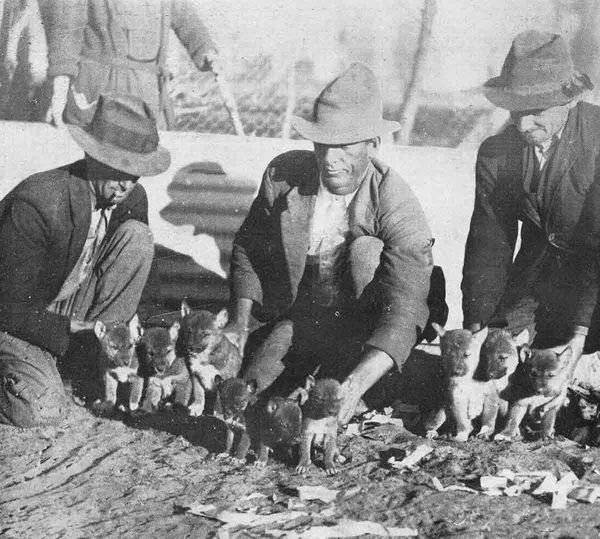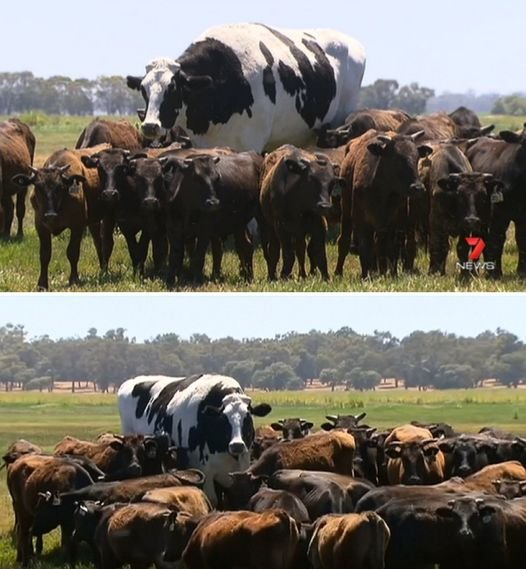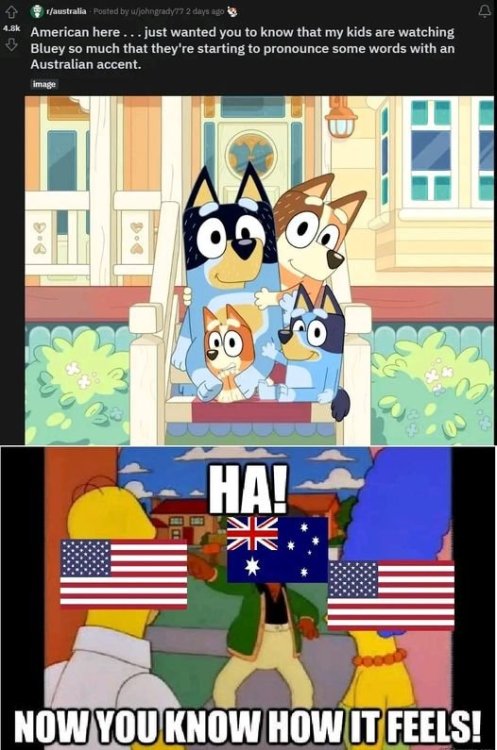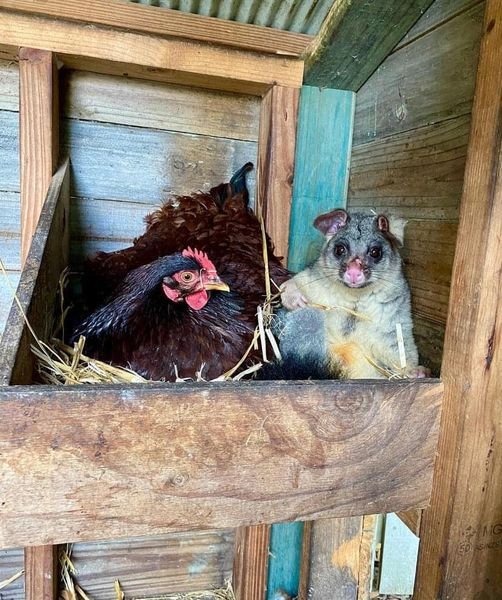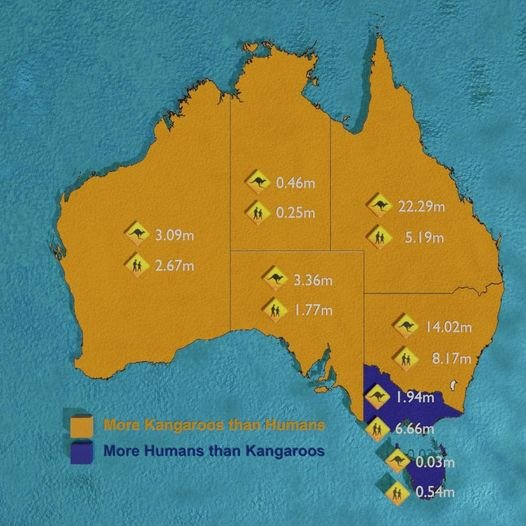Arrival of the dingo
The dingo is Australia’s first introduced species, but its history has been uncertain until recently.
While the dingo is an introduced species, it has been in Australia long enough to become a functional part of the natural ecological system as a top-order predator.
The dingo is widely considered to have replaced the thylacine in that role and was held to be solely responsible for the disappearance of the thylacine on mainland Australia.
Deborah Bird Rose, Wild Dog Dreaming: Love and Extinction, 2011:
I have heard the dingoes singing across the cliffs and gorges, across plains and deserts, and I cannot really comprehend that no matter how bright the night, or how sweet the air, there may come a day when we’ll never hear them sing like that, ever. Not to their Sisters in the Sky country, or to the hunter in the Sky and on Earth, or for the love of their own kind, or in celebration of their own way of being in the world.
Walter Beilby, The Dog in Australasia, 1897:
It will be a blessing for the squatters when the brutes are extinct.
Introduced species
The dingo is Australia’s first introduced species, but until recently its history has been uncertain. The fact that there are no dingo fossils in Tasmania indicates that dingoes must have arrived after rising waters separated the island from the Australian mainland about 12,000 years ago.
The 1969 discovery of archaeological evidence in caves on the Nullarbor Plain near Madura, Western Australia, has led to general agreement that the dingo was on the Australian mainland at least 3,500 years ago.
Since the mid-2000s, technological advances have supported new research into the origin of dingoes. A 2011 study utilising DNA testing and sequencing shows that the Australian dingo is closely related to East Asian domestic dogs, and arrived via South-East Asia between 5,000 and 10,000 years ago.
A study published in 2012 has narrowed the introduction of the dingo to a few instances in which a small number of individual animals arrived, most probably through New Guinea. The evidence indicates that dingoes have been isolated on the Australian mainland since.
While the dingo is an introduced species, it has been in Australia long enough to become a functional part of the natural ecological system as a top-order predator. The dingo is widely considered to have replaced the thylacine in that role and was held to be solely responsible for the disappearance of the thylacine on mainland Australia.
Research published in 2011, however, suggests that increased competition and predation from growing human populations, combined with climate change, were also contributing factors to the thylacine’s extinction.
Dingo in First Nations cultures
Academic and author Deborah Bird Rose observes that:
Dingoes provided a companionship that had never before existed in Australia. These creatures were the first non humans who answered back, came when called, helped in the hunt, slept with people and learned to understand some of the vocabulary of human languages ... People gave them names, fitted them into the wider kinship structure and took care of dead dingoes in the same way they took care of dead people. Dingoes have been fitted into the sacred geography as extremely powerful Dreamings, and they now figure prominently in ritual, songlines and stories.
Dingo burials discovered at archaeological sites speak of the length of this ongoing relationship between Indigenous communities and the dingo. Dingoes are depicted in rock art at a number of sites, including the Wollemi wilderness area and the Burrup Peninsula.
Dingoes continue to be considered important to many First Nations peoples. Like other creatures, they feature in many First Nations peoples’ kinship systems. They are hunting dogs, companions and pets, and they guard the camp at night, keeping away malevolent spirits.
Dingoes and Europeans
The first recorded European sighting of a dingo was by a Portuguese sailor who shot and killed one on Thursday Island in 1601.
Other explorers, including William Dampier and James Cook, recorded hearing dingoes or seeing their tracks.
Joseph Banks commissioned George Stubbs to paint ‘A portrait of a large dog from New Holland’ from the skin of a ‘native dog’ that Banks brought with him on the voyage home from Australia.
Violent first encounters in 1788 between dingoes and the sheep that came to Australia with the First Fleet established the ongoing character of British sentiment towards dingoes. Settlers shot dingoes on sight and, from the 1840s, used strychnine to poison them.
The eventual near elimination of dingoes in south-eastern Australia led to the adaptation of the rabbit-proof fence to keep out dingoes from the north. While the fence had failed to keep out rabbits, it successfully excluded dingoes and is still maintained today.
With their main predator excluded, kangaroo numbers exploded in south-eastern Australia in the 1860s and 1870s. Settlers responded by holding kangaroo battues, which involved rounding up large numbers of the animals and slaughtering them, often with clubs.
The Australian News for Home Readers reported more than a thousand kangaroos were killed in one day at a battue held at Joseph Ware’s station on Murton Creek, near Geelong, on 20 February 1867.
Recent research comparing sites in New South Wales with differing degrees of dingo control confirms the relationship between kangaroo numbers and dingo predation. A reduction in the dingo population has a range of impacts on other species too, and the study concludes that culling dingoes is counterproductive in biodiversity terms.
Modern concern
The disappearance of Azaria Chamberlain from an Uluru camping ground on 17 August 1980 brought debate about the nature of the dingo into the public sphere.
Few Australians have direct contact with dingoes, and many found it hard to believe that a dingo was capable of taking a baby. First Nations peoples knowledge that dingoes could attack humans, and the supporting tracking evidence they provided, was downplayed during the early investigations into Azaria’s death.
Subsequent attacks by dingoes on children in popular camping areas elsewhere demonstrated that dingoes’ familiarity with humans increased the likelihood of an attack.
Around the same time that the Chamberlain tragedy unfolded, community concern about the longevity of the species also increased. The International Union for the Conservation of Nature has listed the dingo as a vulnerable species, and a number of voluntary associations are dedicated to saving them from extinction.
Notes from National Museum Australia
Image; Two litters of wild dingoes caught by dingo hunters
